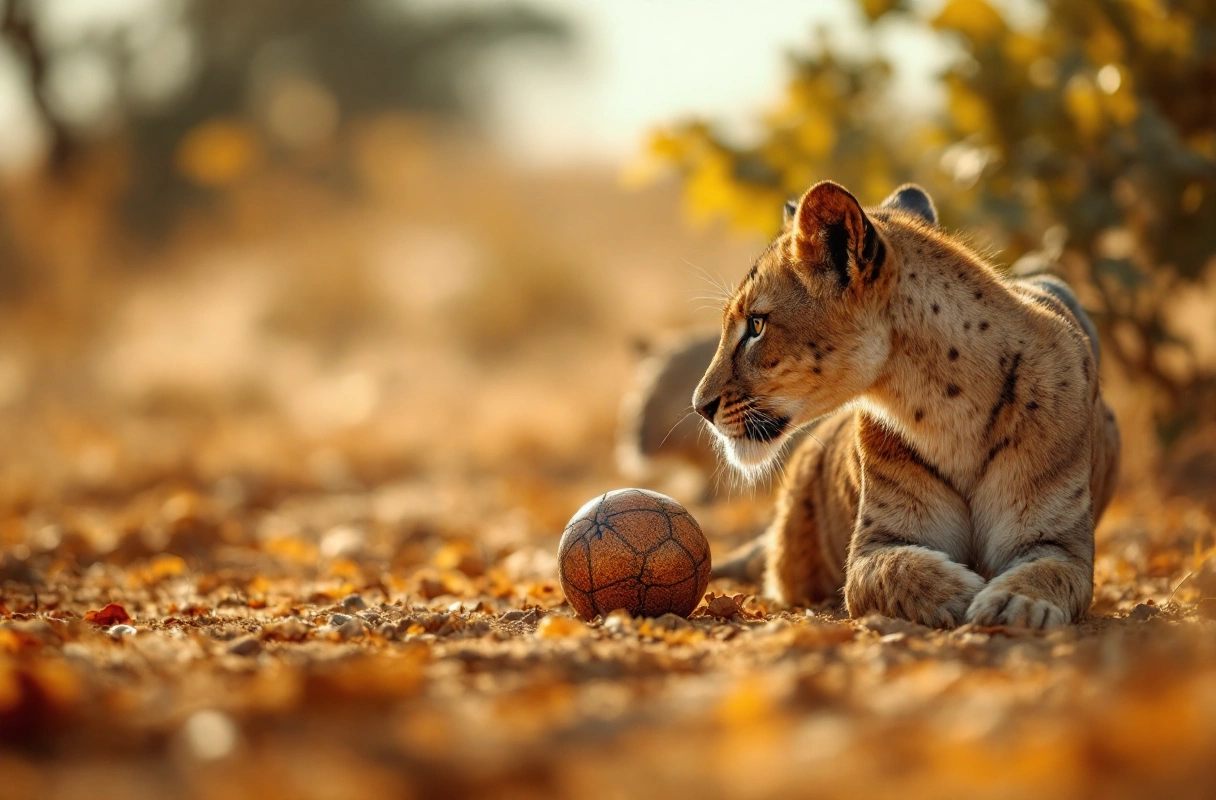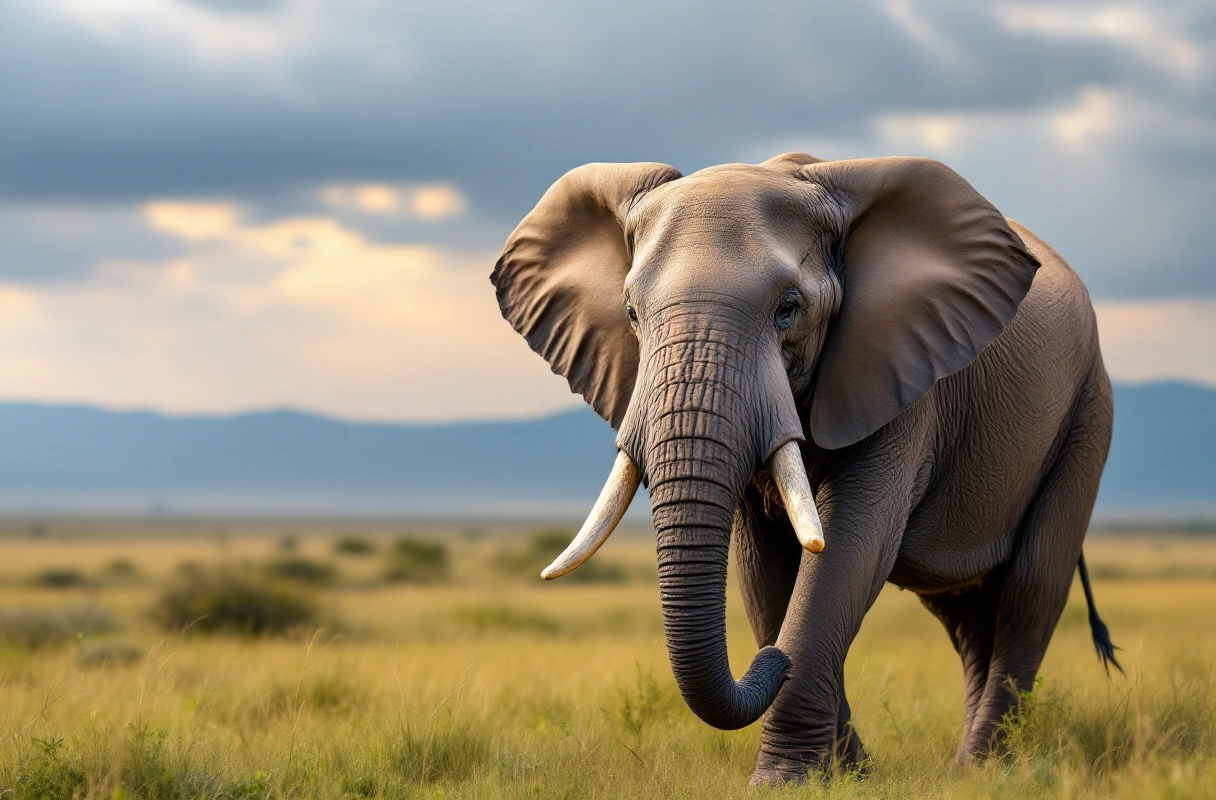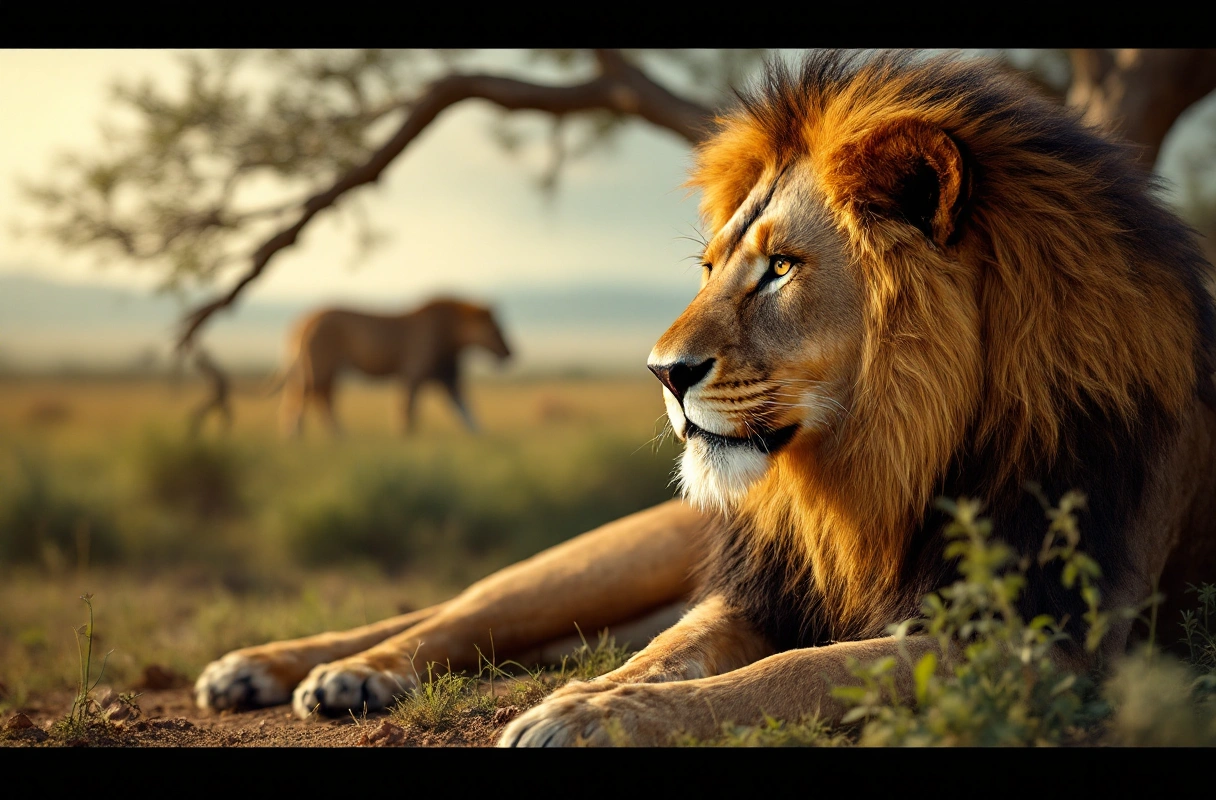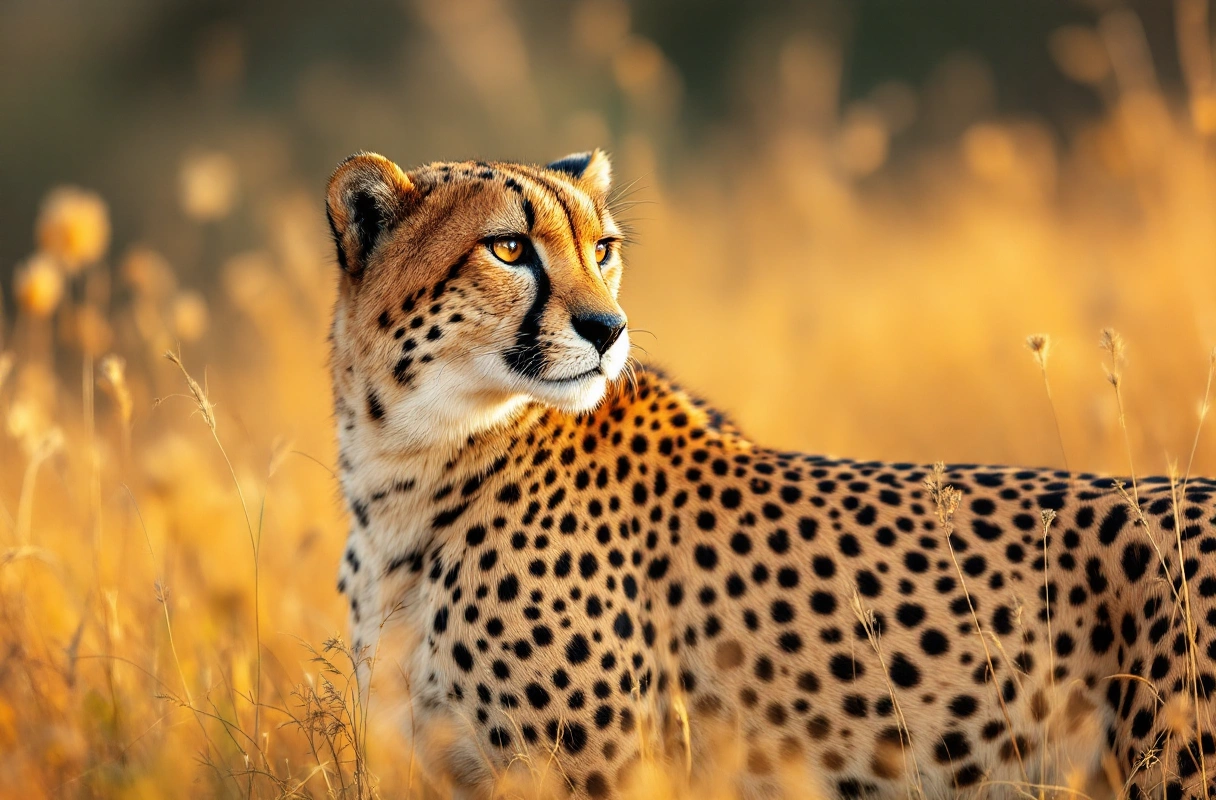
Africa is a continent teeming with biodiversity, home to some of the most fascinating and rare animals in the world. If you're planning a safari tour in 2025, understanding how to spot these unique African animals will enhance your experience and allow you to appreciate the rich wildlife that Africa has to offer. In this article, we will delve into the top ten African animals you should look out for during your safari, providing insights on their habitats, behaviors, and tips for spotting them in the wild.

The African elephant is the largest land mammal on Earth, known for its impressive size and intelligence. These gentle giants are predominantly found in savannas, forests, and grasslands across sub-Saharan Africa. Spotting an African elephant can be an awe-inspiring experience, especially when witnessing their social behaviors, such as family bonding and communication.
To increase your chances of spotting an African elephant, consider visiting during the dry season when they congregate around water sources. Look for signs of their presence, such as large footprints or broken branches. Additionally, early morning and late afternoon are prime times for observing these magnificent creatures as they are more active during cooler parts of the day.

The African lion, often referred to as the "king of the jungle," symbolizes strength and majesty. These apex predators inhabit grasslands and savannas, primarily in East and Southern Africa. Lions are social animals, living in prides, which can make for a thrilling sight when they are seen together.
To successfully spot an African lion, consider going on a guided safari tour early in the morning or late afternoon. Lions tend to rest during the heat of the day, so plan your excursions around their active periods. Listening for the distinctive sounds of a lion's roar can also lead you to their location. Moreover, tracking their movements through the brush can provide an exhilarating adventure.

The cheetah is renowned for being the fastest land animal, capable of reaching speeds of up to 60 miles per hour. These sleek felines are primarily found in open savannahs and grasslands where they can utilize their speed to hunt prey. Spotting a cheetah in the wild can be a rare and exhilarating experience, given their elusive nature.
To increase your chances of encountering a cheetah, focus on areas with open terrain and high visibility. Early mornings and late afternoons are ideal for spotting them as they hunt. Additionally, look for their characteristic black tear marks under their eyes, which help reduce glare from the sun. A knowledgeable guide can also assist in locating these magnificent creatures by interpreting their behaviors and movements.
The African wild dog, also known as the painted wolf, is one of the most endangered carnivores in Africa. Known for their unique coat patterns and social structures, these pack animals are primarily found in savannas and open woodlands. Spotting an African wild dog can be a rewarding experience, as they are often elusive and roam large territories.
To spot these fascinating animals, look for their distinctively large ears and colorful coats. Wildlife enthusiasts should focus on areas known for wild dog populations, especially during the early morning or late afternoon. Observing their cooperative hunting techniques can provide a deeper understanding of their social dynamics. Joining a guided safari tour can greatly enhance your chances of encountering these rare animals.
The giraffe, with its long neck and distinctive patterns, is one of the most recognizable African animals. Found in savannas, grasslands, and open woodlands, giraffes are herbivores that primarily feed on leaves from tall trees. Their unique height gives them an advantage in spotting predators, making them fascinating animals to observe.
To spot a giraffe, look for their long necks peeking above the treetops. Giraffes are often seen in small groups or family units, which makes them easier to locate. Early mornings and late afternoons are ideal for observing their feeding behaviors. Additionally, consider visiting areas with acacia trees, as these are a primary food source for giraffes.
The hippopotamus is a large, semi-aquatic mammal often found in rivers and lakes throughout sub-Saharan Africa. Known for their massive size and aggressive nature, hippos spend much of their day submerged in water to keep cool. Spotting a hippo can be a thrilling experience, especially when they emerge from the water to graze at night.
To successfully spot a hippopotamus, consider taking a boat safari during the early morning or late evening when they are most active. Look for their large, rounded bodies and distinctive snouts breaking the water's surface. Listening for their grunts and snorts can also lead you to their location. Guided river tours can enhance your chances of encountering these fascinating creatures.
Both the black and white rhinoceros are iconic African animals facing significant threats from poaching and habitat loss. These large herbivores are primarily found in savannas and grasslands. Spotting a rhinoceros in the wild is becoming increasingly rare, making it a memorable experience for wildlife enthusiasts.
To increase your chances of spotting a rhinoceros, consider visiting national parks known for their rhino populations, such as Kruger National Park in South Africa or Hluhluwe-iMfolozi Park in KwaZulu-Natal. Early morning and late afternoon are the best times to observe them as they graze. Look for their distinctively large bodies and horns, and be aware of their strong territorial nature, which may lead to confrontations with other wildlife.
Zebras are known for their striking black and white stripes, which serve as a form of camouflage in the wild. These social animals are typically found in grasslands and savannas, often in large herds. Spotting a zebra can be a delightful experience, especially when observing their interactions and behaviors within their groups.
To spot zebras, look for their distinctive striped patterns in open areas. They are often seen grazing alongside wildebeests and other herbivores, making them easier to locate. Consider visiting during the Great Migration when thousands of zebras move across the Serengeti in search of greener pastures. This spectacle provides a unique opportunity to observe these animals in large numbers.
The African buffalo is a formidable herbivore, known for its impressive size and strong herd instincts. These animals are typically found in savannas and grasslands, often grazing in large groups. Spotting an African buffalo can be an exciting experience, especially when observing their social behaviors and interactions.
To increase your chances of spotting African buffalo, focus on areas with abundant grazing land and water sources. They are most active during the cooler parts of the day, such as early mornings and late afternoons. Look for their distinctive curved horns and large, robust bodies. Joining a guided safari tour can enhance your chances of encountering these powerful animals.
The Nile crocodile is one of Africa's most formidable reptiles, known for its powerful jaws and stealthy hunting techniques. These reptiles inhabit rivers, lakes, and wetlands throughout the continent. Spotting a Nile crocodile can be an exhilarating experience, especially when observing their hunting behaviors.
To successfully spot a Nile crocodile, consider taking a boat safari during the early morning or late afternoon when they are most active. Look for their distinctive scaly bodies basking on riverbanks or partially submerged in water. Observing their patient hunting techniques, often involving ambush tactics, can provide valuable insights into their predatory behaviors.
As you embark on your safari adventure in 2025, the opportunity to spot fascinating African animals awaits you. Understanding their behaviors, habitats, and unique characteristics can enhance your experience and deepen your appreciation for wildlife.
For nature enthusiasts, students, and curious minds excited about learning more about the world, the Banana Slug Club is here to support your journey. Our services provide valuable resources and insights into the incredible diversity of African animals. If you're ready to explore the wonders of the natural world, visit our website or contact us for more information on how we can help you connect with the amazing wildlife of Africa.
Get free resources, early access to new features and updates.
No spam. Just fun educational emails!